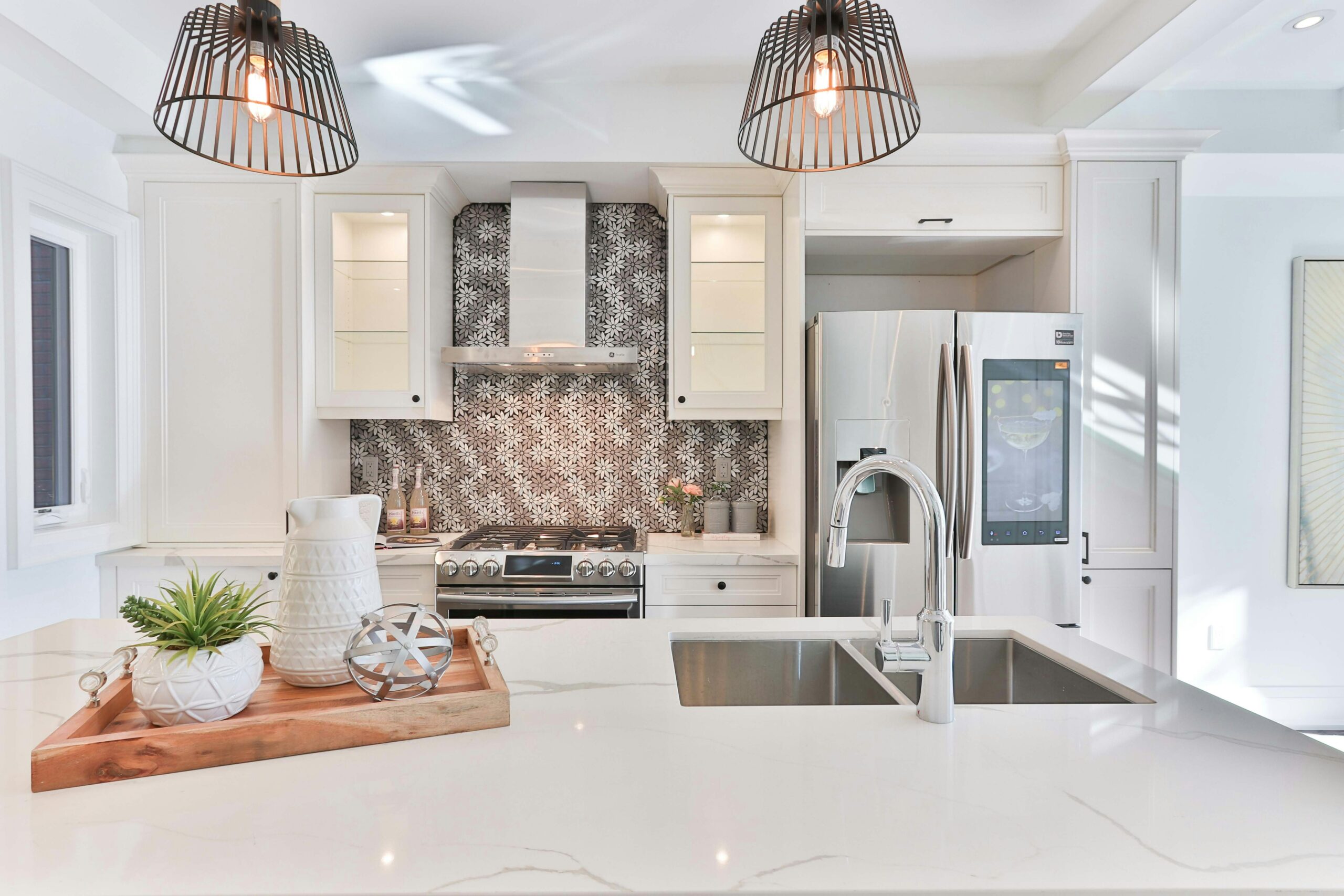If you’ve ever wondered, “how much do granite countertops cost?” you’re not alone. Countertops made from granite are a popular choice among home owners due to their durability, array of design options, and the elegance they add to any kitchen or bathroom. However, it’s common for individuals to be unsure about the expenditure involved in investing in such a quality material.
Granite countertops’ cost can fluctuate due to various factors which are as integral as the granite slab itself. In the forthcoming sections, we will dive into these aspects affecting the cost, including design, size, installation fees, and regional price differences. Additionally, we will provide comparisons of granite’s cost with other popular countertop materials for perspective.
We also aim to ease your decision process by shedding light on financing options for your granite countertop project. Even aspects such as maintenance expenses and the influence of granite quality on cost will be discussed in detail.
Our intent is to provide you with an all-encompassing resource to understand the financial implications linked to granite countertops, and guide you towards making an informed decision for your home.

Understanding the Factors that Influence Granite Countertops Cost
When it comes to determining the cost of granite countertops, there are several factors that come into play. Understanding these factors can help you make informed decisions and ensure that you get the best value for your money. Let’s take a closer look at the key factors that influence the cost of granite countertops.
Breaking Down the Cost of Granite Countertops
Before we dive into the specific factors, it’s important to understand how the cost of granite countertops is typically calculated. The cost is usually determined by the square footage of the countertop, which includes both the material and installation costs. Additional factors such as design, size, location, and quality of the granite can also impact the overall cost.
The Impact of Design and Size on the Cost of Granite Countertops
The design and size of your granite countertops can greatly affect the cost. Intricate designs, such as curved edges or custom shapes, often require more labor and materials, resulting in higher costs. Similarly, larger countertops will require more granite, leading to increased expenses.
Calculating the Cost of Granite Countertops per Square Foot
Calculating the cost of granite countertops per square foot is a common practice in the industry. By dividing the total cost by the square footage, you can get a better understanding of the price per unit area. This calculation allows for easier comparison between different granite options and helps you stay within your budget.
Installation Costs: An Integral Part of Granite Countertops Cost
Installation costs are an important component of the overall cost of granite countertops. Hiring a professional installer ensures that the countertops are properly installed, which is crucial for their longevity and functionality. The complexity of the installation, such as the number of seams or the need for additional support structures, can impact the installation costs.
Regional Differences in the Cost of Granite Countertops
The cost of granite countertops can vary depending on your location. Factors such as availability, transportation costs, and local market conditions can influence the price. It’s important to research and compare prices in your area to ensure you are getting a fair deal.
Comparing the Cost of Granite Countertops to Other Materials
When considering granite countertops, it’s important to compare their cost to other materials. While granite may have a higher upfront cost, it offers durability, aesthetic appeal, and potential value to your home. Comparing the long-term benefits and costs of different materials can help you make an informed decision.
Exploring Financing Options for Granite Countertops
If the cost of granite countertops exceeds your budget, there are financing options available. Many suppliers and manufacturers offer financing plans that allow you to spread out the cost over time. Exploring these options can make granite countertops more affordable and accessible.
Maintenance and Long-term Costs of Granite Countertops
While granite countertops are known for their durability, they do require regular maintenance to keep them looking their best. This includes sealing, cleaning, and occasional repairs. It’s important to factor in the long-term costs of maintenance when considering the overall cost of granite countertops.
Does the Quality of Granite Affect the Cost of the Countertops?
The quality of the granite used for countertops can have an impact on the cost. Higher-quality granite, with fewer imperfections and a more desirable appearance, tends to be more expensive. However, investing in higher-quality granite can result in a more durable and visually appealing countertop that adds value to your home.
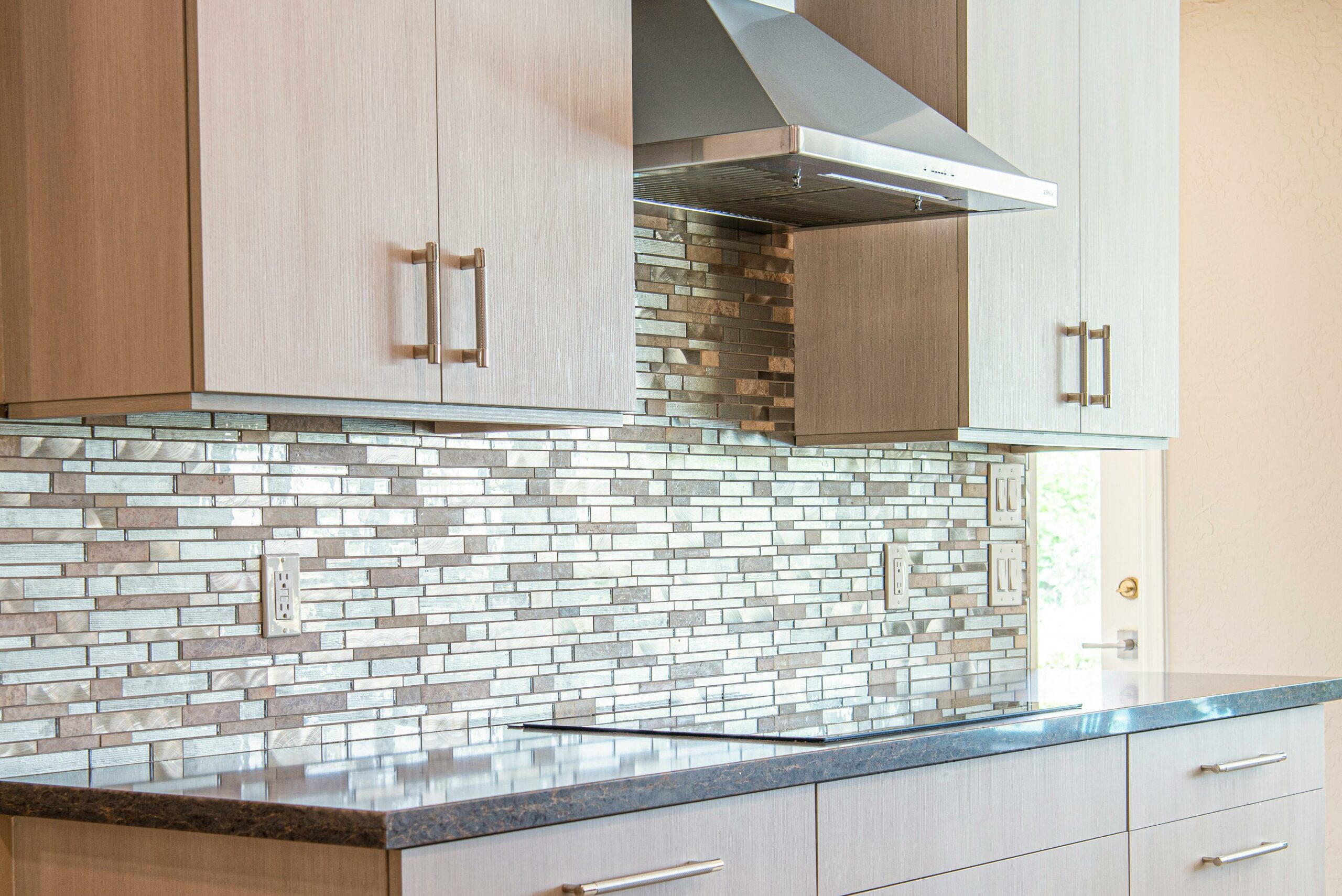
Breaking Down the Cost of Granite Countertops
When it comes to renovating your kitchen or bathroom, one of the most important decisions you’ll have to make is choosing the right countertop material. Granite is a popular choice due to its durability, beauty, and timeless appeal. However, one factor that often concerns homeowners is the cost of granite countertops.
Understanding the Factors that Influence Granite Countertops Cost
There are several factors that can influence the cost of granite countertops. These include:
-
- The quality and rarity of the granite
-
- The thickness and size of the slab
-
- The complexity of the design and edge profiles
-
- The location and accessibility of the installation site
By understanding these factors, you can get a better idea of why granite countertops can vary in price.
The Impact of Design and Size on the Cost of Granite Countertops
The design and size of your countertops can have a significant impact on the overall cost. Intricate designs and custom edge profiles will require more labor and time, increasing the cost. Additionally, larger countertops will require more material, resulting in higher costs.
Calculating the Cost of Granite Countertops per Square Foot
Granite countertops are typically priced per square foot. The cost per square foot can vary depending on the quality of the granite and other factors mentioned earlier. To calculate the cost, simply multiply the square footage of your countertops by the cost per square foot.
Installation Costs: An Integral Part of Granite Countertops Cost
The cost of installation is an important consideration when budgeting for granite countertops. Installation costs can include the removal of existing countertops, preparation of the installation site, and the actual installation of the granite. It’s essential to factor in these costs to get an accurate estimate of the total cost.
Regional Differences in the Cost of Granite Countertops
The cost of granite countertops can vary depending on your location. Factors such as shipping costs, availability of granite, and local labor rates can influence the overall cost. It’s important to research and compare prices from different suppliers and contractors in your area to get the best deal.
Comparing the Cost of Granite Countertops to Other Materials
When considering the cost of granite countertops, it’s essential to compare them to other materials. While granite may have a higher upfront cost, it offers long-term durability and value. Other materials may be cheaper initially but may require more maintenance and replacement over time.
Exploring Financing Options for Granite Countertops
If the cost of granite countertops is a concern, there are financing options available. Many suppliers and contractors offer financing plans that allow homeowners to spread out the cost over time. It’s worth exploring these options to make granite countertops more affordable for your budget.
Maintenance and Long-term Costs of Granite Countertops
While granite countertops are known for their durability, they do require regular maintenance to keep them looking their best. This includes sealing the granite periodically and avoiding harsh cleaning agents. It’s important to factor in the long-term maintenance costs when considering the overall cost of granite countertops.
Does the Quality of Granite Affect the Cost of the Countertops?
Yes, the quality of granite can affect the cost of countertops. Higher-quality granite that is more rare and has unique patterns and colors will generally come at a higher price. However, it’s important to note that even lower-quality granite can still be a beautiful and durable option for your countertops.
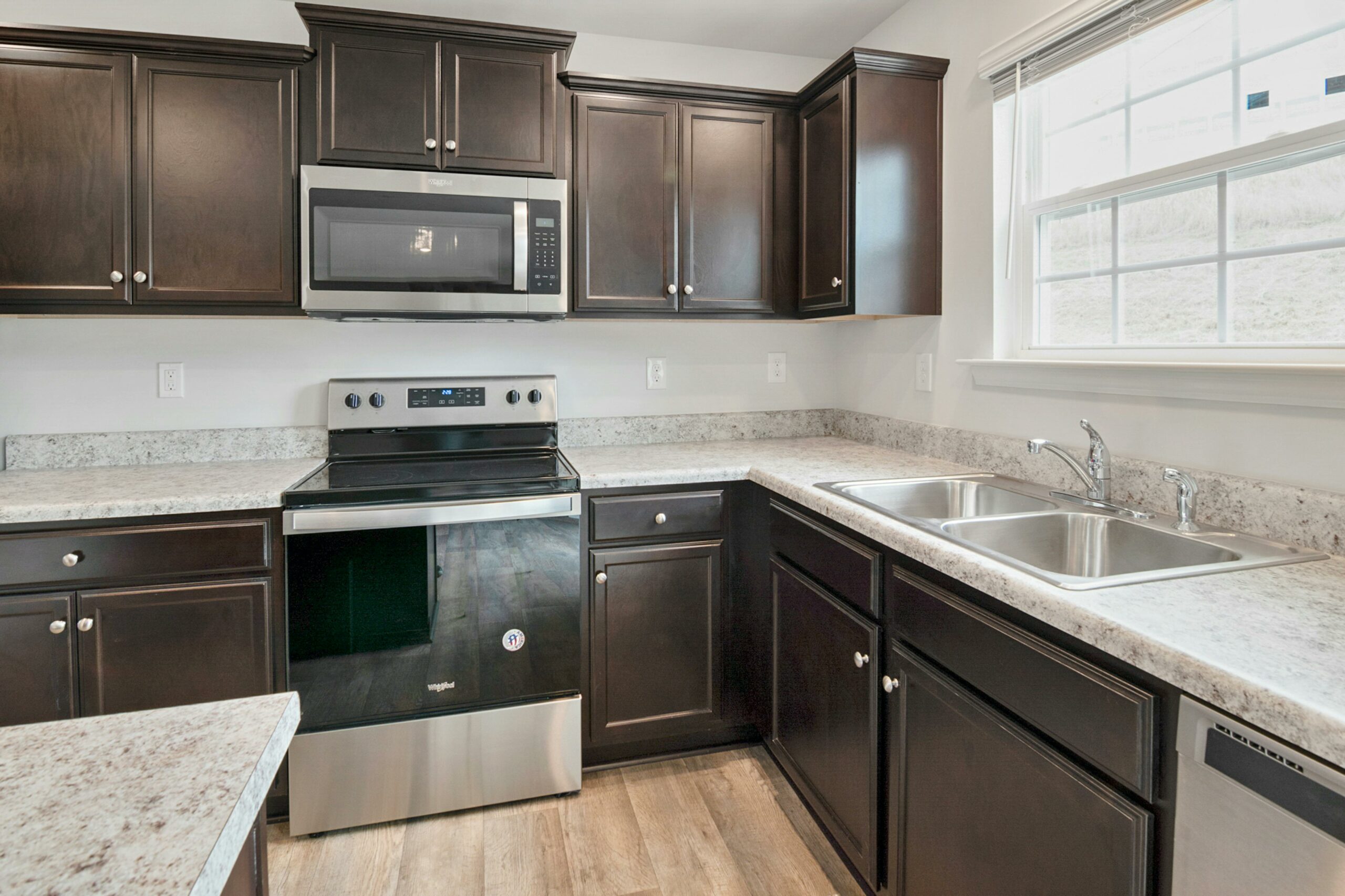
The Impact of Design and Size on the Cost of Granite Countertops
When it comes to granite countertops, the design and size play a significant role in determining the overall cost. These factors can greatly influence the price you pay for your countertops, so it’s important to understand their impact.
Design
The design of your granite countertops refers to the pattern, color, and overall aesthetic appeal. Granite comes in a wide range of designs, from simple and uniform to intricate and exotic. The more unique and complex the design, the higher the cost will be.
Granite with rare patterns or colors, such as those with vibrant veins or specks of gold, tend to be more expensive. Additionally, if you choose to have custom designs or shapes, it will also increase the cost.
It’s important to consider your budget and personal preferences when selecting the design of your granite countertops. While a more elaborate design may be visually appealing, it may also come with a higher price tag.
Size
The size of your granite countertops is another crucial factor that affects the cost. The larger the surface area you need to cover, the more granite material will be required, resulting in higher costs.
Additionally, if you have unique or irregularly shaped countertops, it may require more labor and expertise to install, which can also increase the overall cost.
Before deciding on the size of your granite countertops, consider the layout and dimensions of your kitchen or bathroom. It’s essential to measure accurately and work with a professional to determine the most cost-effective size that meets your needs.
In conclusion, the design and size of granite countertops have a significant impact on their cost. The more intricate and custom the design, and the larger the size, the higher the price will be. It’s important to carefully consider these factors and find a balance between your budget and desired aesthetic when choosing your granite countertops.

Calculating the Cost of Granite Countertops per Square Foot
When it comes to calculating the cost of granite countertops per square foot, there are several factors to consider. By understanding these factors and how they influence the overall cost, you can make an informed decision and ensure that you stay within your budget.
The Cost of the Granite Slab
One of the main factors that contribute to the cost of granite countertops is the cost of the granite slab itself. The price of the slab can vary depending on the type of granite, its quality, and its rarity. Generally, more exotic and high-quality granite slabs tend to be more expensive.
The Size of the Countertop
The size of the countertop is another important factor in calculating the cost per square foot. The larger the countertop, the more material is required, which will increase the overall cost. Additionally, larger countertops may require more labor and installation time, which can also impact the cost.
Additional Features and Customizations
If you opt for additional features or customizations for your granite countertops, such as edge details, backsplashes, or special finishes, these can also add to the cost. These features often require additional labor and materials, so it’s important to factor them into your calculations.
Installation Costs
The cost of installation is another integral part of the overall cost of granite countertops per square foot. Professional installation ensures that the countertops are properly installed and can significantly impact the final cost. Installation costs can vary depending on factors such as the complexity of the installation, the location, and any additional services required.
Regional Differences
It’s important to note that the cost of granite countertops can vary depending on your location. Regional differences in labor costs, material availability, and market demand can all influence the overall cost. It’s a good idea to research and compare prices in your area to get a better understanding of the regional differences.
Comparing to Other Materials
When calculating the cost of granite countertops per square foot, it’s also helpful to compare it to other materials. While granite may be more expensive than some materials, it offers durability, longevity, and a luxurious aesthetic that may make it worth the investment.
Financing Options
If the cost of granite countertops is a concern, there are financing options available. Many suppliers and manufacturers offer financing plans that can help you spread out the cost over time. It’s important to explore these options and consider the long-term financial implications before making a decision.
Maintenance and Long-term Costs
In addition to the initial cost, it’s important to consider the maintenance and long-term costs of granite countertops. While granite is a durable and low-maintenance material, it may require periodic sealing and maintenance to keep it looking its best. These costs should be factored into your overall budget.
Quality of Granite
Finally, the quality of the granite itself can also affect the cost of the countertops. Higher-quality granite, with fewer imperfections and a more consistent color and pattern, tends to be more expensive. However, investing in higher-quality granite can result in a more visually appealing and long-lasting countertop.
By considering all of these factors and calculating the cost of granite countertops per square foot, you can make an informed decision and ensure that you choose the right countertops for your needs and budget.
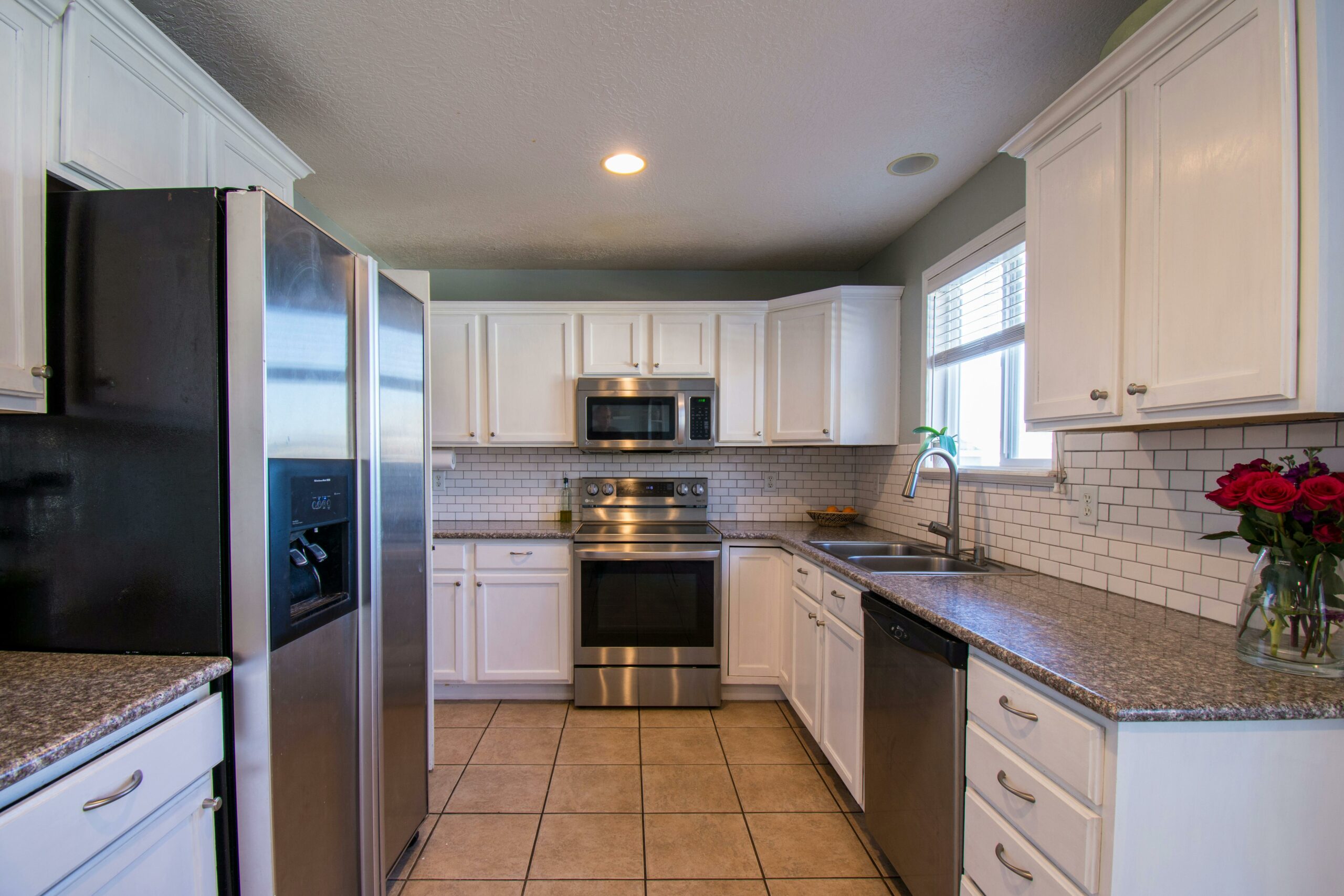
Installation Costs: An Integral Part of Granite Countertops Cost
When considering the cost of granite countertops, it’s important to factor in the installation costs. These costs are an integral part of the overall cost and can vary depending on various factors.
Professional Installation: Hiring a professional installer is highly recommended for granite countertop installation. They have the expertise and experience to ensure the countertops are properly installed and will last for years to come. The cost of professional installation can vary depending on the location, complexity of the installation, and the installer’s rates.
Preparation and Removal: Before the installation can begin, there may be additional costs associated with the preparation and removal of existing countertops. This can include removing old countertops, leveling the cabinets, and making any necessary repairs or modifications to the kitchen or bathroom.
Transportation: Another factor to consider is the transportation of the granite slabs from the supplier to your home. The cost of transportation can vary depending on the distance and the weight of the slabs. It’s important to factor in these costs when budgeting for granite countertops.
Additional Materials: In addition to the granite slabs, there may be additional materials required for the installation, such as adhesive, sealant, and edging. These materials can add to the overall cost of the installation.
Time and Labor: The installation process can take time and require skilled labor. The cost of labor will depend on the complexity of the installation and the rates of the installer. It’s important to factor in the time and labor costs when budgeting for granite countertops.
Warranty and Insurance: Some installers may offer warranties or insurance for their work. It’s important to inquire about these options and consider any additional costs associated with them.
Overall, installation costs are an important consideration when budgeting for granite countertops. It’s recommended to get quotes from multiple installers and factor in all the associated costs to get an accurate estimate of the total cost of the project.
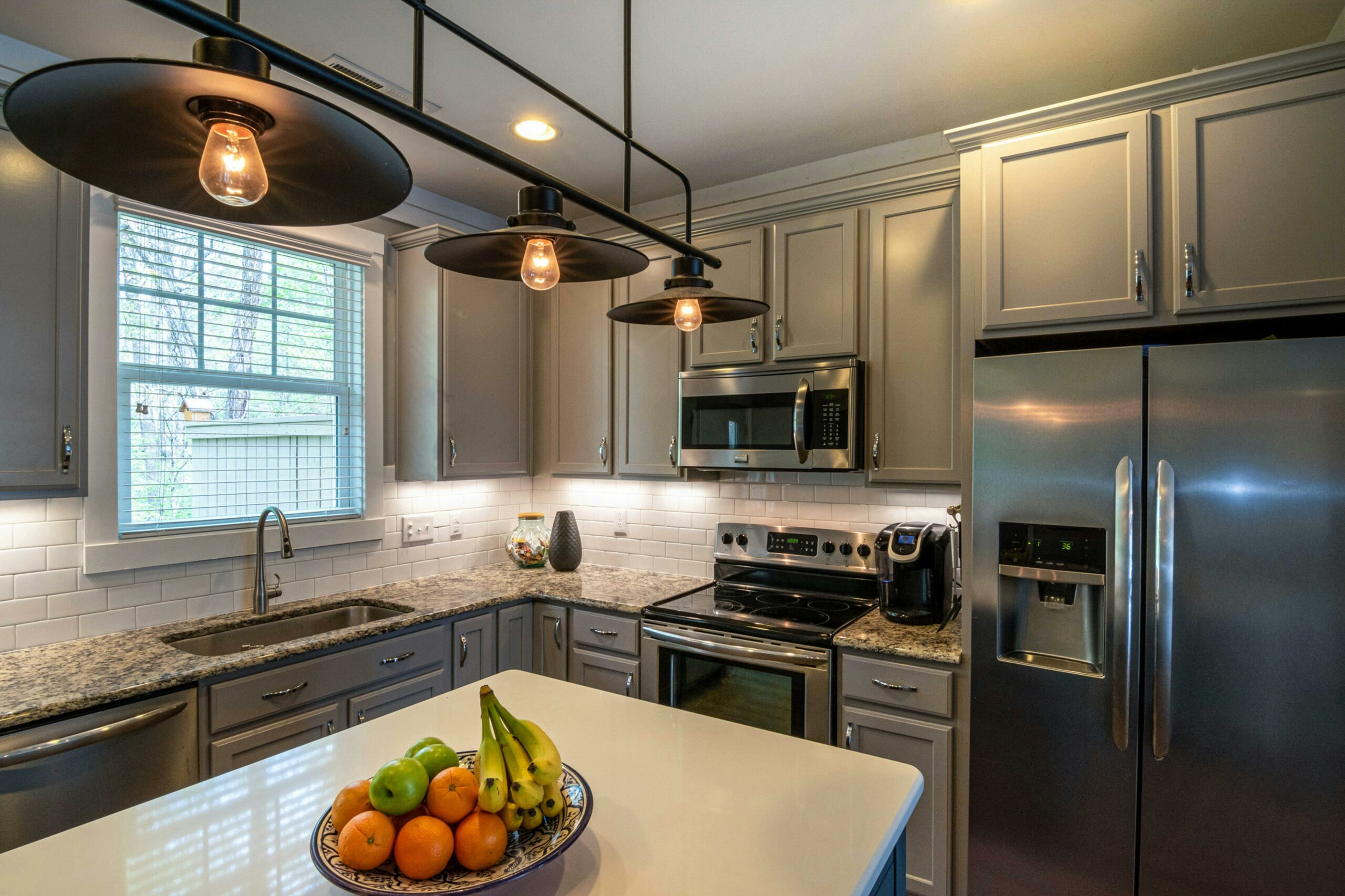
Regional Differences in the Cost of Granite Countertops
When it comes to the cost of granite countertops, regional differences can play a significant role. The price of granite countertops can vary depending on the location and availability of the stone, as well as other factors that influence the cost.
1. Availability of Granite
One of the main reasons for regional differences in the cost of granite countertops is the availability of the stone. Granite is sourced from different quarries around the world, and the transportation costs can vary depending on the distance. Areas with a higher supply of granite might have lower prices compared to regions where granite is scarce.
2. Local Labor Costs
Labor costs also contribute to the regional differences in the cost of granite countertops. Different regions have different labor rates, which can impact the overall cost of installation. Areas with higher labor costs may have higher prices for granite countertops.
3. Market Competition
The level of market competition can also affect the cost of granite countertops regionally. In areas with a higher number of granite suppliers and fabricators, the prices may be more competitive. Conversely, in regions with fewer options, the prices may be higher due to limited competition.
4. Local Regulations and Taxes
Local regulations and taxes can also influence the cost of granite countertops. Some regions may have stricter regulations or higher taxes on building materials, which can increase the overall cost of granite countertops in those areas.
It’s important to consider these regional differences when budgeting for granite countertops. Researching the local market and comparing prices from different suppliers and fabricators can help you find the best deal for your specific region.

Comparing the Cost of Granite Countertops to Other Materials
When it comes to choosing the right countertop material for your kitchen or bathroom, cost is often a major factor to consider. Granite countertops are known for their durability, beauty, and value, but how do they compare to other materials in terms of cost?
1. Quartz Countertops
Quartz countertops are a popular alternative to granite. They are engineered using a combination of natural quartz stone and resin, resulting in a surface that is highly durable and resistant to stains and scratches. In terms of cost, quartz countertops can be comparable to granite, depending on the specific brand and style you choose.
2. Solid Surface Countertops
Solid surface countertops, such as Corian, are made from a blend of acrylic and polyester materials. They offer a wide range of colors and patterns and are known for their seamless appearance. In terms of cost, solid surface countertops can be more affordable than granite, making them a popular choice for budget-conscious homeowners.
3. Laminate Countertops
Laminate countertops are made from layers of plastic laminate bonded to particleboard. They offer a wide range of colors and patterns and are known for their affordability. Laminate countertops are often the least expensive option compared to granite and other materials, making them a popular choice for those on a tight budget.
4. Marble Countertops
Marble countertops are known for their elegance and timeless beauty. However, they can be more expensive than granite due to the higher cost of the material and the additional care and maintenance required. If cost is a major concern, granite may be a more cost-effective option.
5. Butcher Block Countertops
Butcher block countertops are made from thick strips of wood that are glued together to create a solid surface. They offer a warm and natural look and are often used in farmhouse-style kitchens. In terms of cost, butcher block countertops can be more affordable than granite, especially if you choose a less expensive wood species.
6. Stainless Steel Countertops
Stainless steel countertops are known for their durability and sleek, modern appearance. They are resistant to heat, stains, and bacteria, making them a popular choice for commercial kitchens. In terms of cost, stainless steel countertops can be more expensive than granite, but they offer a unique aesthetic and long-lasting performance.
Overall, the cost of granite countertops can vary depending on factors such as the specific type and quality of the granite, the size of the countertop, and the region where you live. However, when compared to other materials, granite countertops often offer a good balance of cost and value, making them a popular choice for homeowners.
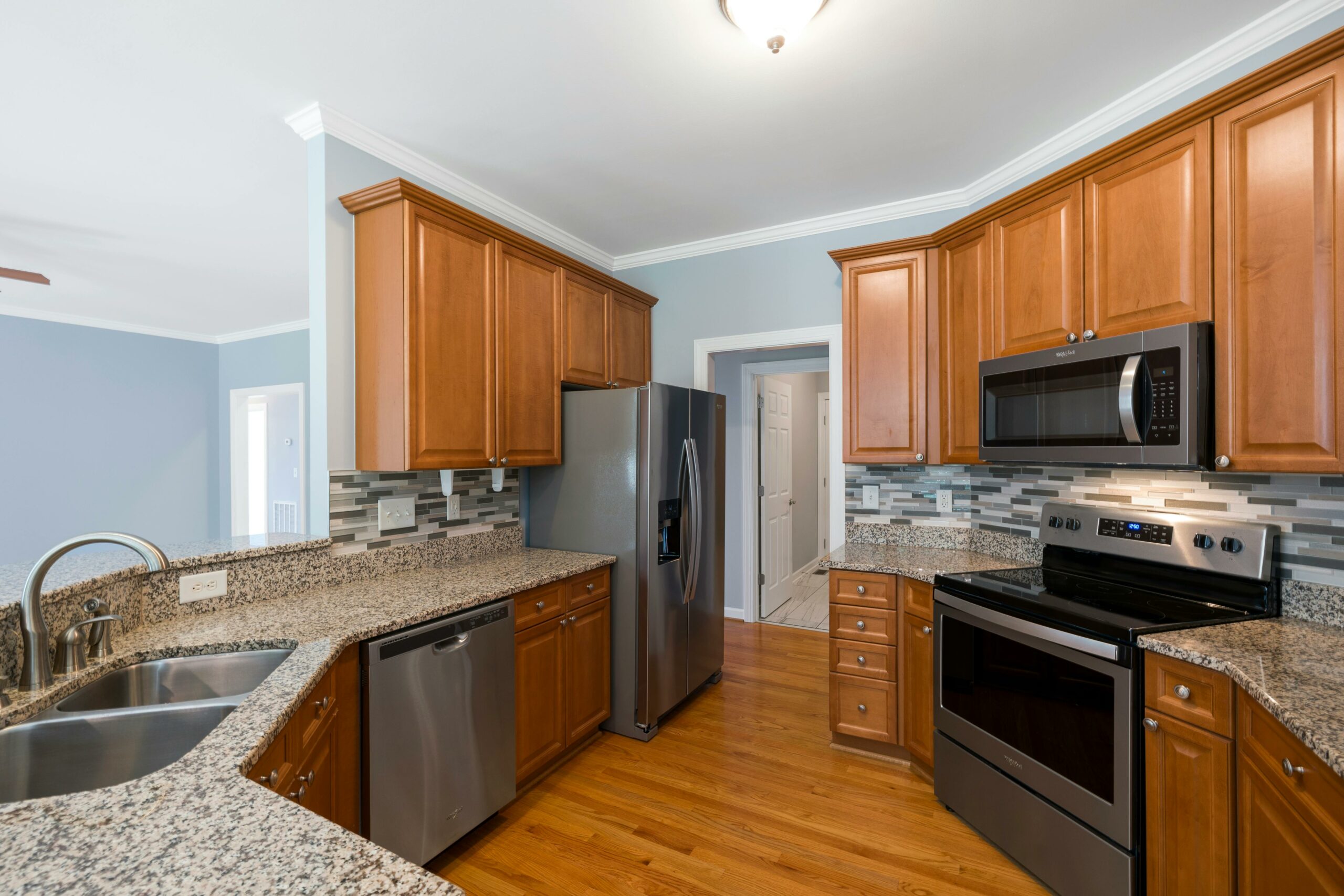
Exploring Financing Options for Granite Countertops
When it comes to investing in granite countertops, one of the key considerations for homeowners is the cost. Granite countertops can be a significant investment, but there are various financing options available to make this home improvement project more affordable.
1. Personal Savings
Using personal savings is one of the most straightforward financing options for granite countertops. If you have been saving up for a home renovation project, you can use these funds to cover the cost of your countertops. This option eliminates the need for loans or interest payments.
2. Home Equity Loan
A home equity loan allows homeowners to borrow against the equity they have built up in their property. This type of loan can be used for various purposes, including financing home improvement projects like granite countertops. With a home equity loan, you can borrow a lump sum and repay it over a set term.
3. Home Equity Line of Credit (HELOC)
Similar to a home equity loan, a home equity line of credit (HELOC) allows homeowners to borrow against the equity in their property. However, instead of receiving a lump sum, you are given a line of credit that you can draw from as needed. This can be a convenient financing option for homeowners who are unsure of the exact cost of their granite countertops.
4. Personal Loan
If you don’t have significant equity in your home or prefer not to use it as collateral, a personal loan can be an alternative financing option. Personal loans are unsecured loans that can be used for various purposes, including home renovations. The interest rates and terms of personal loans may vary, so it’s important to shop around for the best rates and repayment terms.
5. Credit Cards
For smaller-scale granite countertop projects, using a credit card can be a convenient financing option. Many credit cards offer introductory 0% APR periods, allowing you to make purchases without accruing interest for a certain period. However, it’s important to carefully manage your credit card debt and pay off the balance within the interest-free period to avoid high interest charges.
6. Financing Programs
Some granite countertop suppliers and home improvement stores offer financing programs specifically tailored for their products. These programs may include promotional offers such as low or 0% interest rates for a certain period. It’s worth exploring these financing options and comparing them to other forms of financing to determine the most cost-effective solution for your granite countertop project.
By exploring these financing options, homeowners can find a solution that fits their budget and allows them to enjoy the beauty and durability of granite countertops without breaking the bank.
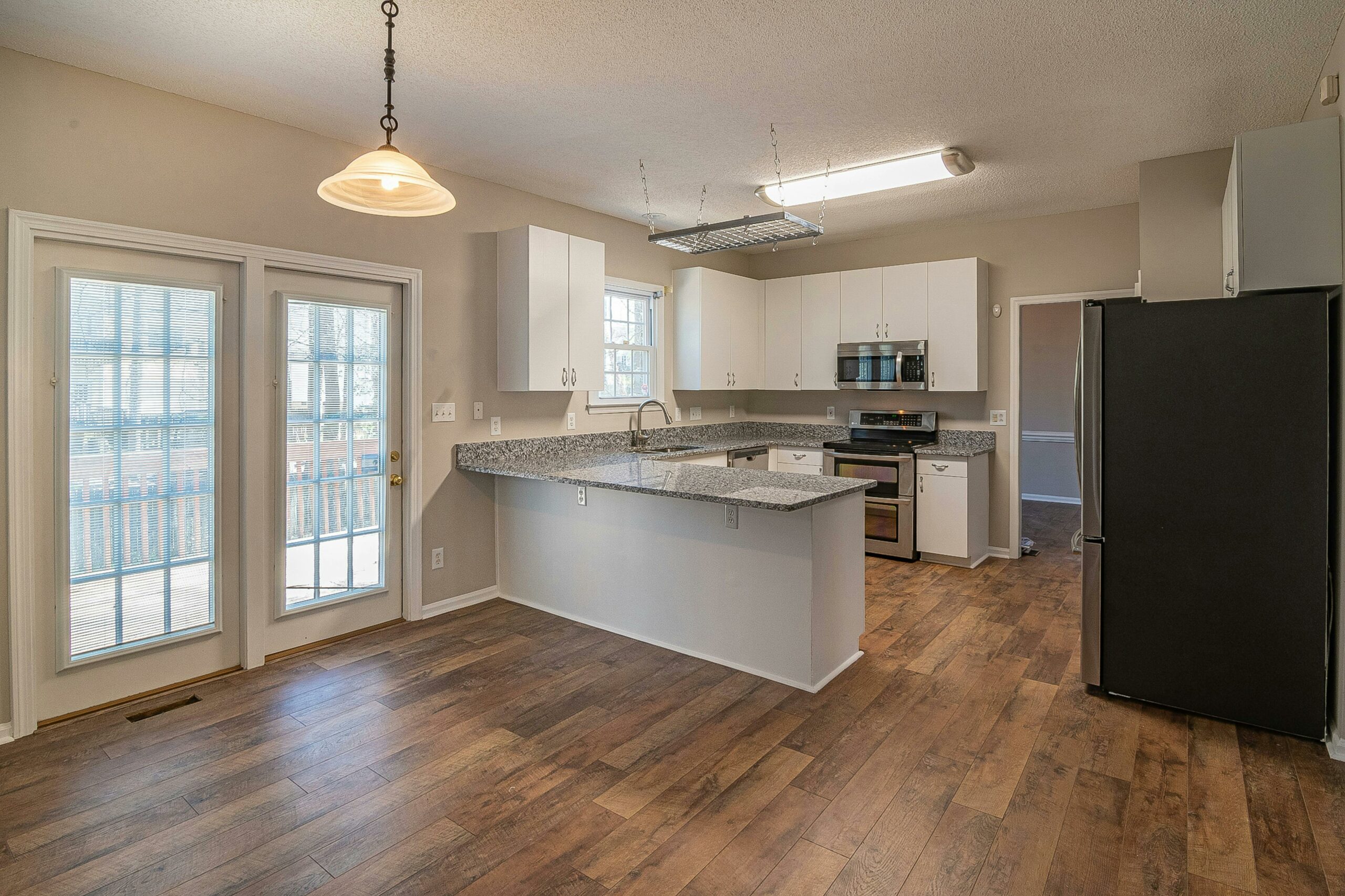
Maintenance and Long-term Costs of Granite Countertops
Once you’ve invested in beautiful granite countertops, it’s important to understand the maintenance and long-term costs associated with them. While granite is a durable and long-lasting material, it still requires regular care to keep it looking its best.
Cleaning and Sealing: One of the main maintenance tasks for granite countertops is regular cleaning and sealing. It’s important to use a mild, non-abrasive cleaner specifically designed for granite to avoid damaging the surface. Additionally, granite countertops should be sealed every 1-2 years to protect against stains and moisture penetration.
Preventing Damage: While granite is resistant to heat, scratches, and stains, it’s still important to take precautions to prevent damage. Avoid placing hot pots or pans directly on the countertop, as extreme heat can cause cracks or discoloration. Use cutting boards and trivets to protect the surface from scratches and avoid using abrasive cleaners or scrub brushes that can dull the finish.
Repairing and Restoring: Over time, granite countertops may develop minor chips, cracks, or scratches. It’s important to address these issues promptly to prevent further damage. Depending on the severity of the damage, repairs can be done by a professional or with a DIY granite repair kit. In some cases, a professional restoration service may be needed to restore the countertop to its original condition.
Long-Term Costs: While the initial cost of granite countertops may be higher compared to other materials, their long-term costs can be relatively low. With proper care and maintenance, granite countertops can last for decades without needing to be replaced. This can save you money in the long run as you won’t have to invest in frequent replacements or repairs.
Conclusion: When considering the cost of granite countertops, it’s important to factor in the maintenance and long-term costs associated with them. While they may require regular care and occasional repairs, the durability and longevity of granite make it a worthwhile investment. By properly maintaining your granite countertops, you can enjoy their beauty and functionality for many years to come.

Does the Quality of Granite Affect the Cost of the Countertops?
When it comes to granite countertops, the quality of the granite can have a significant impact on the overall cost. Higher quality granite typically comes with a higher price tag, while lower quality granite is generally more affordable.
Understanding Granite Quality:
Granite quality is determined by several factors, including the color, pattern, and overall appearance of the stone. Higher quality granite tends to have more consistent patterns and colors, with fewer imperfections such as cracks or pits. It is also more likely to have a polished finish, which adds to its aesthetic appeal.
Cost Differences:
Higher quality granite is generally more expensive due to the extra effort and resources required to extract and process it. The cost of quarrying and cutting high-quality granite is higher, as is the cost of transporting and fabricating it into countertops. Additionally, the demand for high-quality granite is often higher, which can drive up the price even further.
Long-Term Value:
While higher quality granite may come with a higher upfront cost, it often offers better long-term value. Higher quality granite is more durable and less prone to damage, meaning it will likely last longer and require fewer repairs or replacements in the future. This can ultimately save homeowners money in the long run.
Choosing the Right Quality:
When selecting granite countertops, it’s important to consider your budget and personal preferences. If cost is a major factor, opting for lower quality granite may be the best choice. However, if you value durability, aesthetics, and long-term value, investing in higher quality granite can be a wise decision.
Conclusion:
In conclusion, the quality of granite does affect the cost of countertops. Higher quality granite generally comes with a higher price tag, but it also offers better durability and long-term value. Ultimately, the decision should be based on individual preferences and budget constraints.

